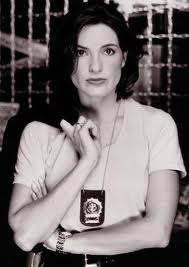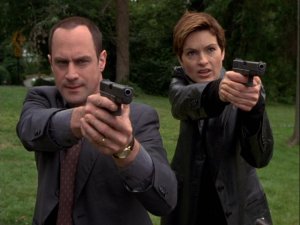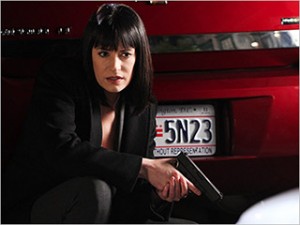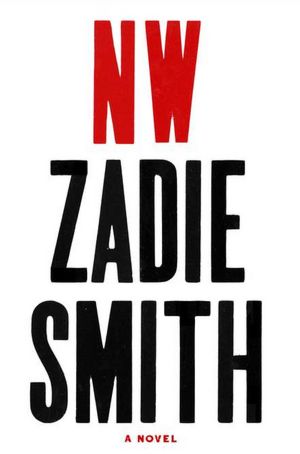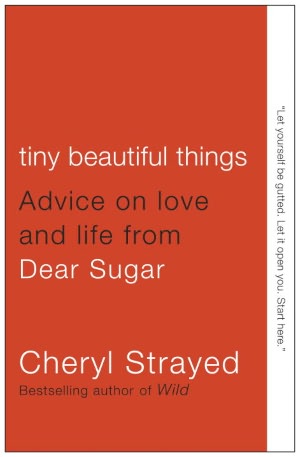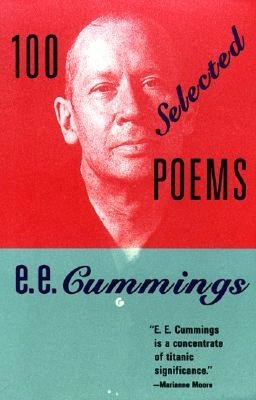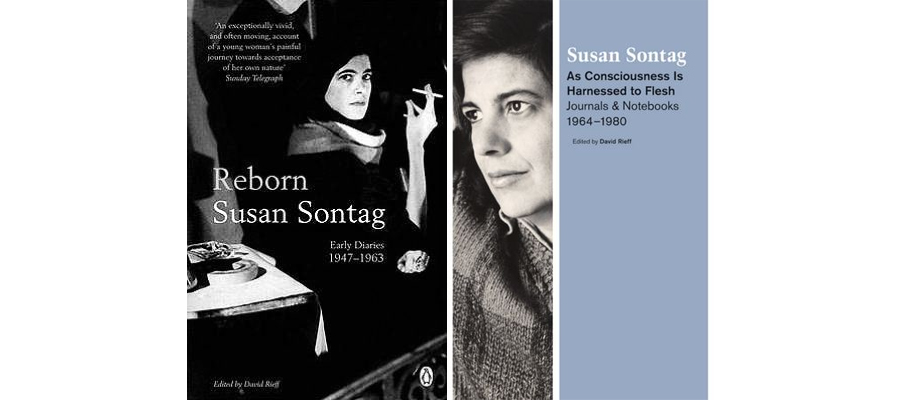By H. Savala Nolan
I’m in the doctor’s waiting room. I’m on the couch during commercials. I’m waiting for my latte. I’m in bed, restless. I’m waiting for my boyfriend to get dressed. I’m in the train station. I’m lined up to board my flight. I idle, therefore, I Facebook.
In moments of quiet—moments I might use for serenity, to smell the scents and see the colors of the world around me—I grab my phone and tap the icon, a plain blue square with a friendly white “f” just slightly off center. Behold: my friends. I’m idle, but they are busy. They are fawning over baby animals, baying for blood because of politics, announcing spiritual truths, loafing in tropical sun, sitting down to the best meal ever, cataloging the day’s humdrum triumphs and defeats, staring alluringly into the eye of a camera, getting engaged, having children, praying over dying aunts and granddads. Despite myself, and despite how over-stimulated, drained, or jealous it can leave me, I log on. I can’t seem to help it.
Everyone is ambivalent about Facebook. How can we not be? Status updates—the meat of the log-on—do one of two things: elevate the boring, or degrade the profound. Both are bothersome. It exasperates me that some friends think hundreds of people hang on edge, craving ruminations on how much they love coffee, every day. (And yet, the prosaic is the real juice of life, how we string our days together—why shouldn’t we honor it?) I’m uncomfortable when my friends announce the death of a relative with a stroke of text—silent, clinical, hovering in ether—transmitted to people who will read, dash off sympathy, and forget. (And yet, we know people all over the world. We can’t make 478 phone calls or address 478 letters. This is how we live now.)
But here is the real trouble with Facebook: I never talk to my best friends anymore. In high school, Louise and I sometimes chatted on the phone for 6 or 7 hours a night. We talked about seniors we pined for (their leather jackets and spiky hair and the pretty girls they dated). We talked about music (Green Day and Nine Inch Nails). We talked about diets (cabbage soup) and drinking (did we dare?) and what color to dye our hair (purple). Adulthood at 30-something renders that omnipresent intimacy impossible; she produces reality television, I practice law, we are busy and live 2,000 miles apart. But even in our roaring twenties, we still spoke almost daily. Now, after the entrenchment of Facebook, it is typical for us to go nearly a month without speaking. Recently, with aching disbelief, I realized that the sole reason I know anything about her life is because of her status updates, which tend to be pithy and unremitting, headlines refreshed every few hours as if she were a newspaper. But could that be true? To test my theory, I blocked her from my newsfeed. A month passed. Radio silence, except for my birthday, when she called. But before that, I couldn’t tell you if she was alive or dead.
At first, confirming the fallow state of our friendship chagrined me. I felt wronged—by her. What sort of person has time to broadcast her whereabouts, food and beverage intake, disgruntled moments, workouts, and crowd-sourcing inquiries upward of a dozen times a day, but cannot find time to connect with her best friend, one on one? To be sure, this isn’t all Facebook. She and I hammer out resolutions when, periodically, I feel I’m single-handedly doing the work of friendship. Perhaps we are simply growing apart. I, of course, could have called her; but why would I? I had Facebook. And so our affinity for Facebook—the estranged, thoughtless intimacy of it—allowed the primary challenge in our incredibly important friendship to become to the substance.
Then, after a few weeks, something unexpected happened: the irritation waned, and I began to miss her. I began to miss her in a way I never did when following her every move and thought online. In fact, I couldn’t have missed her on Facebook: she was everywhere, always.
Yes, I missed her, with the fresh, affectionate curiosity that used to precede a phone call to say hello. And I realized that, despite the constant “updates,” I missed my other best friends, and some family members, too. I didn’t want the curated comic book of their lives; that’s what Keeping Up with the Kardashians is for. I wanted noise, texture, and monogamy, not silence, a screen, and a stranger “liking” what I wrote. I wanted interjection. I wanted to hear laughter and sighs, and remember that I know some voices so well I can see the speaker’s facial expressions over the phone. I wanted to see, or at least recall, familiar bodies that take up real space. I wanted the moments of silence that come, they say, about every seven minutes in a conversation. And I wanted to hear my voice, too. I needed the grounding and fruition that comes from contact, not the bargain-basement copy that comes from interface.
So I blocked everyone I’m close to. It was a strangely anxious goodbye, as if I were strapping myself into a space shuttle, only perhaps to return. My mom, my best friend, my boyfriend. All the inner circle, and the next-to-inner circle. Gone.
But suddenly present. Suddenly, again, real. Suddenly, again, in my awareness because they are not constantly in my face. Just like a fish can’t think about water, maybe we can’t truly contemplate—or properly love—people who are always in front of us in the most superficial ways. Good though it may be to “keep in touch” by knowing my brother-in-law ran four miles today, that news is the emotional equivalent of junk food. I don’t see my loved ones when I log on, and I feel a pang of, well, love. After a few days, I think, Hey, where are Jane and Quinn and Melissa and David? How are they? What are they doing these days? It’s like letting yourself get truly, empty-stomach, slightly-on-edge hungry; then you truly want to eat! If you graze all day, you never feel hunger, and you’re never satisfied by what you eat because your eating isn’t connected to satisfaction.
Now, if I want to know what’s up with my brother, I call. And I was surprised to discover that calling was scary. It turns out that I, a social butterfly, have developed a Facebook-induced shyness. Calling feels so forward, so direct, so daunting. But only for about a minute. Then you come to your senses. You give yourself an inward smack across the cheek, and snap out of it. Afraid to call my brother? Are you kidding? I’ve known him for 32 years, and we get along! What’s there to debate? Call. And I do. And we are, as in the old days, family. It feels great.
And there is a bonus, though it’s not one Facebook’s shareholders would be thrilled to know about: I log-on less. Much less. After all, what is there to see? The photographs of puppies that my Mom’s former best friend is currently into? The engagement news of people I never liked but was too meek to ignore when they requested my friendship? The wit and attitude as my cousin’s pals outdo each other’s comments? How entirely, intensely boring.
Especially when there is a city outside my window, and sunshine, and late-summer fruit, and music, and people. My friends, my family, and myself, to be seen and heard.
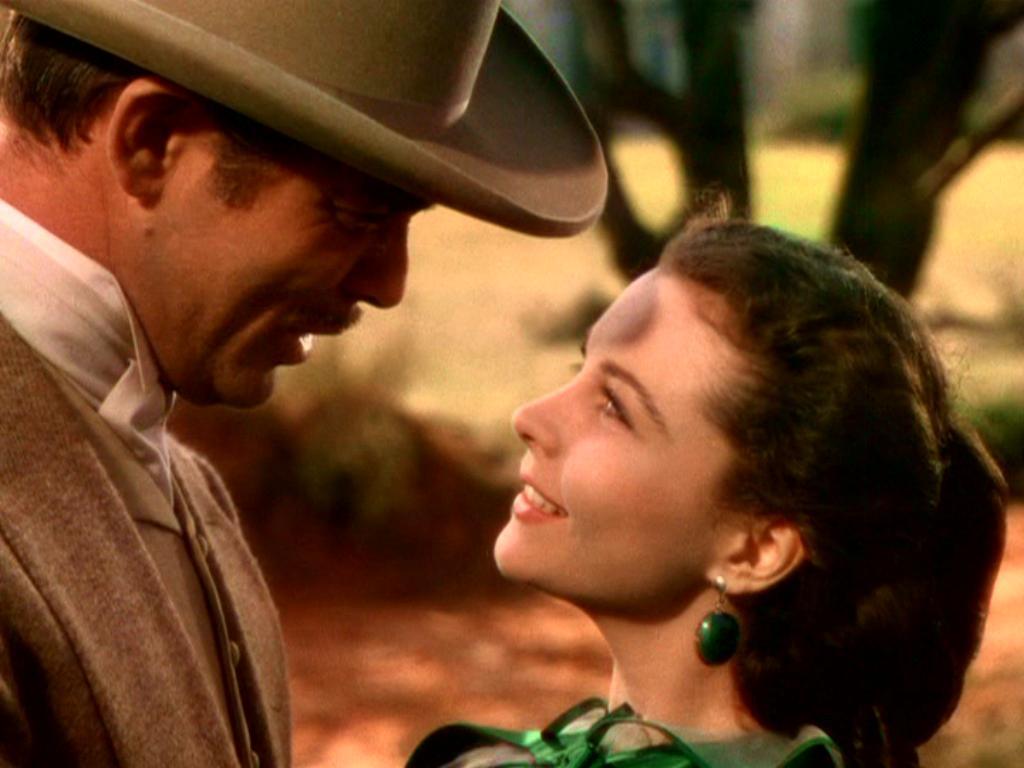 Dear Clara,
I just returned from a few days in Atlanta last week. I don’t think there is ever any possibility of going to that city without thinking of green velvet drapes and feisty tempers. Margaret Mitchell’s penned classic and Vivien Leigh’s spirited interpretation of Scarlett O’Hara in Gone with the Wind will remain always one and the same with that city for me. It might be an old story by the time you’re my age, but it will still be a true classic. Here is what I’ll always remember from it:
Dear Clara,
I just returned from a few days in Atlanta last week. I don’t think there is ever any possibility of going to that city without thinking of green velvet drapes and feisty tempers. Margaret Mitchell’s penned classic and Vivien Leigh’s spirited interpretation of Scarlett O’Hara in Gone with the Wind will remain always one and the same with that city for me. It might be an old story by the time you’re my age, but it will still be a true classic. Here is what I’ll always remember from it:



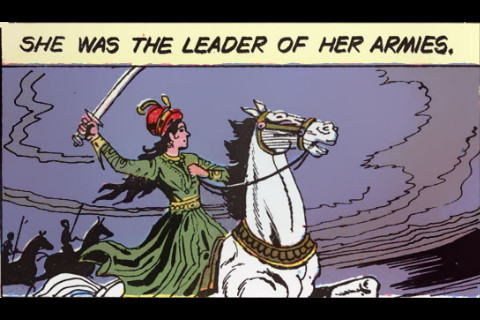
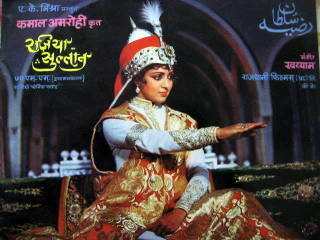
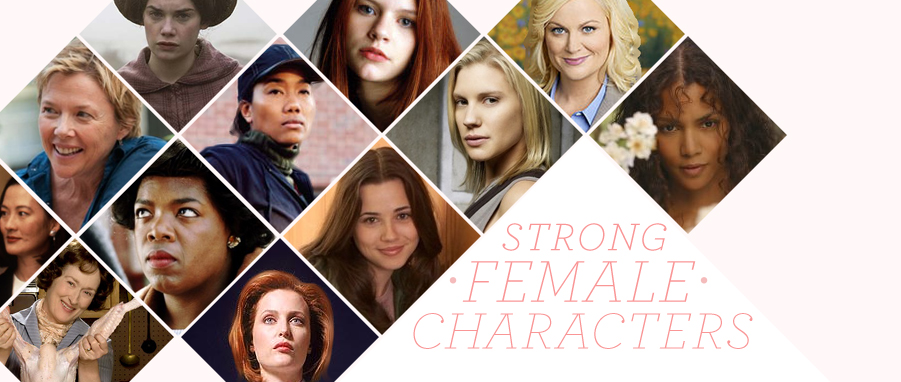
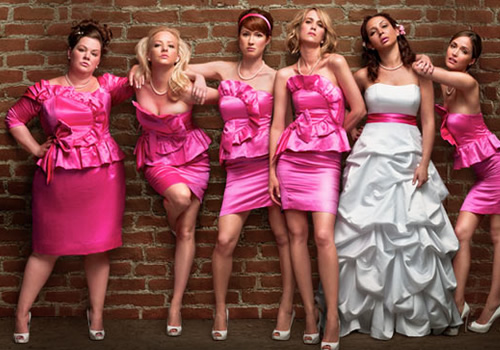
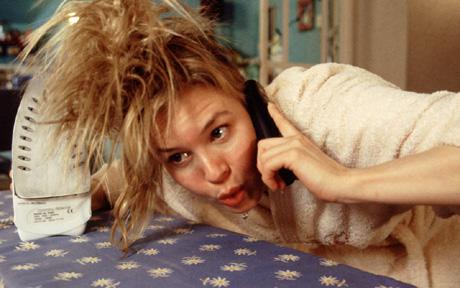
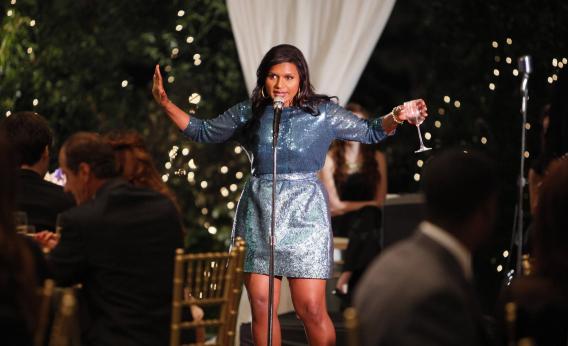






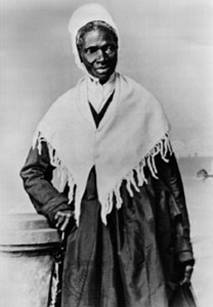
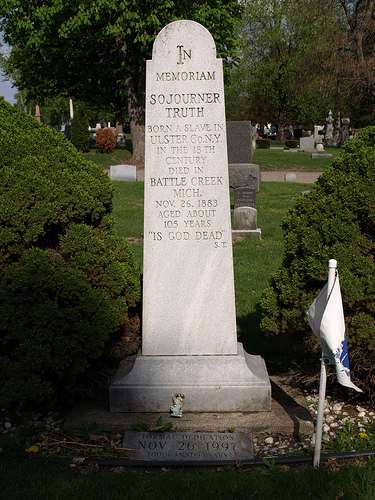



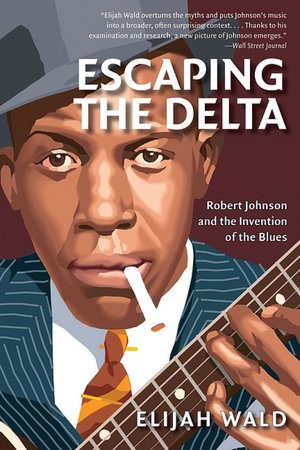 Escaping the Delta: Robert Johnson and the Invention of the Blues
by Elijah Wald
At the micro level, Wald writes of the personal exodus from the Mississippi Delta of bluesman Robert Johnson in the 1930s and his efforts to forge a career in the tough early years of the commercial recording industry. Wald simultaneously charts a broader unmapped path as he smashes his way through standard historical narratives. He takes issue with common notions in written blues history: that the genre represented a primal cry welling up from neo-African roots in the Mississippi Delta, isolated from contemporary pop music; that its early practitioners were unsophisticated musicians; that 1930s Black audiences heard the blues as a pure folk art rather than as commercialized pop music. Wald reminds readers that it is blues historians, not Johnson’s contemporaries, who elevated him to demigod status after his death. Using archival evidence for his assertions, Wald manages to scold blues revisionists and celebrate Johnson’s admirable output all at the same time. A new path indeed.
Escaping the Delta: Robert Johnson and the Invention of the Blues
by Elijah Wald
At the micro level, Wald writes of the personal exodus from the Mississippi Delta of bluesman Robert Johnson in the 1930s and his efforts to forge a career in the tough early years of the commercial recording industry. Wald simultaneously charts a broader unmapped path as he smashes his way through standard historical narratives. He takes issue with common notions in written blues history: that the genre represented a primal cry welling up from neo-African roots in the Mississippi Delta, isolated from contemporary pop music; that its early practitioners were unsophisticated musicians; that 1930s Black audiences heard the blues as a pure folk art rather than as commercialized pop music. Wald reminds readers that it is blues historians, not Johnson’s contemporaries, who elevated him to demigod status after his death. Using archival evidence for his assertions, Wald manages to scold blues revisionists and celebrate Johnson’s admirable output all at the same time. A new path indeed.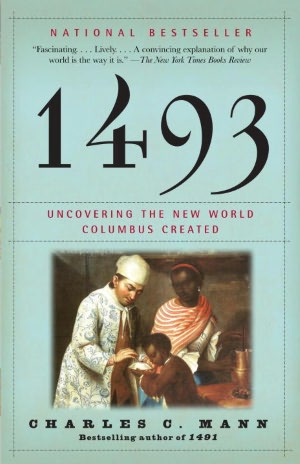 1493: Uncovering the New World Columbus Created
by Charles C. Mann
I learned of this book through an NPR interview with the author, immediately intrigued by his improbable ability to make agricultural history sound fascinating. The book does not disappoint in this regard, arguing that Columbus inaugurated the collision of previously-separate ecosystems and unwittingly launched globalization. Mann demonstrates this through quirky tales of staples such as the lowly potato, vastly entertaining as they meander clumsily through complex geopolitical contexts. Despite Mann’s fairly snappy and occasionally humorous prose, however, I often glazed over at the wealth of detail, guiltily skimming for the next cool anecdote. Additionally, Mann’s neutral stance on the ethics of globalization formed an interesting and uncomfortable undercurrent. I am more accustomed to hearing globalization roundly denounced, but appreciated the author’s encouragement to think about its positive aspects. If you’ve ever wondered how shiploads of bird guano helped reconfigure human civilization, this is the book for you.
1493: Uncovering the New World Columbus Created
by Charles C. Mann
I learned of this book through an NPR interview with the author, immediately intrigued by his improbable ability to make agricultural history sound fascinating. The book does not disappoint in this regard, arguing that Columbus inaugurated the collision of previously-separate ecosystems and unwittingly launched globalization. Mann demonstrates this through quirky tales of staples such as the lowly potato, vastly entertaining as they meander clumsily through complex geopolitical contexts. Despite Mann’s fairly snappy and occasionally humorous prose, however, I often glazed over at the wealth of detail, guiltily skimming for the next cool anecdote. Additionally, Mann’s neutral stance on the ethics of globalization formed an interesting and uncomfortable undercurrent. I am more accustomed to hearing globalization roundly denounced, but appreciated the author’s encouragement to think about its positive aspects. If you’ve ever wondered how shiploads of bird guano helped reconfigure human civilization, this is the book for you. The German Settlement of the Texas Hill Country
by Jefferson Morgenthaler
My point in mentioning this admittedly obscure book isn’t to imply that you should rush out and order it, but to make you wonder how your town or city or region Came To Be. My husband’s mother was born into one of the German communities that began forming in central Texas in the 1840s, and after a trip there we became curious about how and why these folks wound up on the other side of the world. Morgenthaler answered our questions many times over, relating how fallout from the French Revolution drove German nobles to finance the migration of underclass persons to, of all places, the republic of Texas. The book details the often-woeful and sometimes-humorous journeys of the Germans as they pushed forward in the Texas wilderness, surviving on bear meat and negotiating treaties with Comanches. Morgenthaler’s meticulously-researched book reminded me that the tale of new beginnings in unfamiliar places is the story of how all of us came to occupy our present plot of earth.
The German Settlement of the Texas Hill Country
by Jefferson Morgenthaler
My point in mentioning this admittedly obscure book isn’t to imply that you should rush out and order it, but to make you wonder how your town or city or region Came To Be. My husband’s mother was born into one of the German communities that began forming in central Texas in the 1840s, and after a trip there we became curious about how and why these folks wound up on the other side of the world. Morgenthaler answered our questions many times over, relating how fallout from the French Revolution drove German nobles to finance the migration of underclass persons to, of all places, the republic of Texas. The book details the often-woeful and sometimes-humorous journeys of the Germans as they pushed forward in the Texas wilderness, surviving on bear meat and negotiating treaties with Comanches. Morgenthaler’s meticulously-researched book reminded me that the tale of new beginnings in unfamiliar places is the story of how all of us came to occupy our present plot of earth.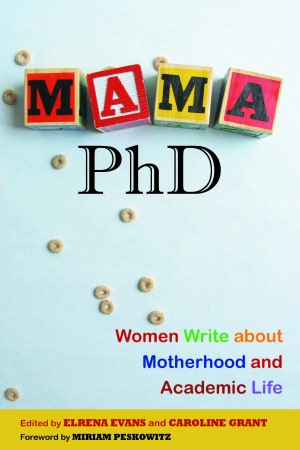 Mama Ph.D.: Women Write About Motherhood and Academic Life
by Elrena Evans and Caroline Grant, editors
Particularly germane to my own life circumstances recently was this collection of essays. By turns frustrating, funny, and affirming, it features the voices of female academics across a spectrum of disciplines, degree programs, and academic ranks. Some discuss remaining in the academy while raising children; others explore leaving to start a family. The book was sobering in its repeated structural critiques of academia’s inadequate maternity provisions. The writing of women who chose to leave university life upon having children deals honestly with the grief and deep embarrassment that often accompanied their decisions, but also points the way towards alternative career paths and new modes of satisfaction outside the academy for those with Ph.D.s. The book assured me I was not alone in my questions, struggles, and frustrations.
Mama Ph.D.: Women Write About Motherhood and Academic Life
by Elrena Evans and Caroline Grant, editors
Particularly germane to my own life circumstances recently was this collection of essays. By turns frustrating, funny, and affirming, it features the voices of female academics across a spectrum of disciplines, degree programs, and academic ranks. Some discuss remaining in the academy while raising children; others explore leaving to start a family. The book was sobering in its repeated structural critiques of academia’s inadequate maternity provisions. The writing of women who chose to leave university life upon having children deals honestly with the grief and deep embarrassment that often accompanied their decisions, but also points the way towards alternative career paths and new modes of satisfaction outside the academy for those with Ph.D.s. The book assured me I was not alone in my questions, struggles, and frustrations. Among the Mad (A Maisie Dobbs Novel)
by Jacqueline Winspear
I hope you have already met Maisie Dobbs, a relatively new yet already much-beloved female sleuth. In my mind her only peer among fictional detectives is Harriet Vane, created by the great writer Dorothy Sayers, for complexity of character and full-bodied realness. Like Sayers’ Vane, Dobbs works in the interwar period in England. The books, and Dobbs herself, are shot through with shadows and scars of the first World War, and a major thread in the series is how Dobbs’ own wartime pain slowly and haltingly gives way to new beginnings in her personal and professional life, though never in a pat or easy way. In this book, as with all books in the series, Dobbs works her way through a new mystery related to the war that gripped Europe fifteen years earlier (the book is set in 1931). She also forges new inroads into her personal relationships, an ongoing theme for Dobbs’ character after the life-altering tragedies she experienced as a nurse during the war.
Among the Mad (A Maisie Dobbs Novel)
by Jacqueline Winspear
I hope you have already met Maisie Dobbs, a relatively new yet already much-beloved female sleuth. In my mind her only peer among fictional detectives is Harriet Vane, created by the great writer Dorothy Sayers, for complexity of character and full-bodied realness. Like Sayers’ Vane, Dobbs works in the interwar period in England. The books, and Dobbs herself, are shot through with shadows and scars of the first World War, and a major thread in the series is how Dobbs’ own wartime pain slowly and haltingly gives way to new beginnings in her personal and professional life, though never in a pat or easy way. In this book, as with all books in the series, Dobbs works her way through a new mystery related to the war that gripped Europe fifteen years earlier (the book is set in 1931). She also forges new inroads into her personal relationships, an ongoing theme for Dobbs’ character after the life-altering tragedies she experienced as a nurse during the war.
